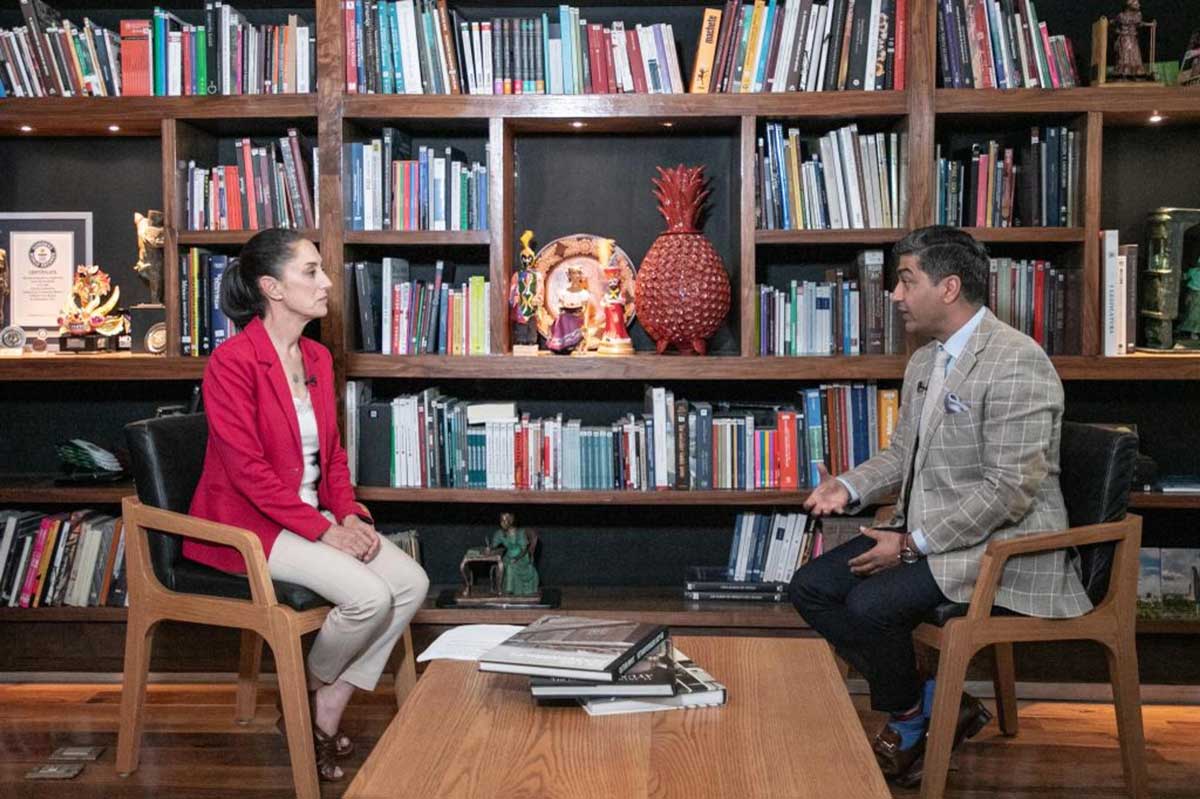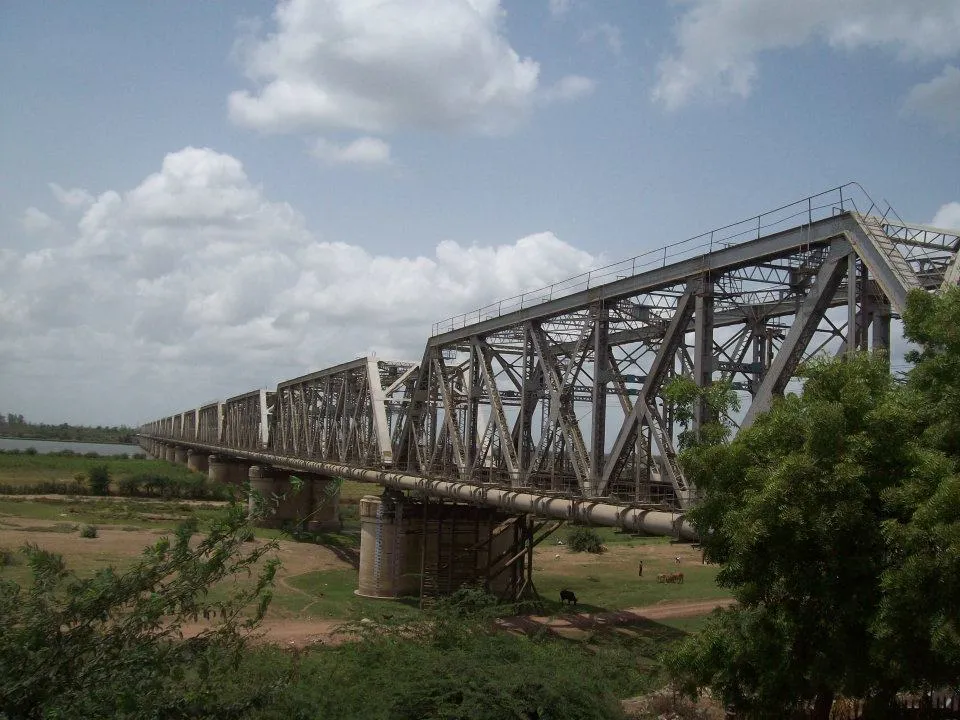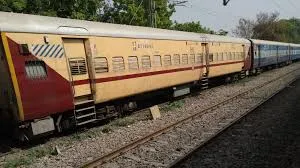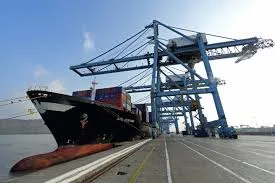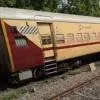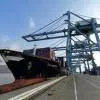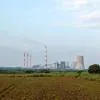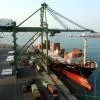Internationally renowned urban planner and architect Dikshu Kukreja travelled across the globe to shed light on tangible, and intangible, linkages between cities and nations by interacting with leaders from various countries for a special series on TV channel WION. In the third of a series, CW presents excerpts from his conversation with Ministers Federico Amati and Fabio Righi of San Marino as they compare and contrast this ancient Republic with the new-age Auroville, as well as his interaction with Mayor of Mexico City Claudia Pardo as they discuss how the city and Mumbai share a similar history and grapple with the same challenges despite being on two ends of the globe.SAN MARINO &AUROVILLE
Dikshu Kukreja (DK):Let’s talk about micro nations and experimental townships. Established in the 3rd century by hermit saint St. Marinus and considered the oldest republic in the world, San Marino is landlocked by Italy from all four directions. When you come here, you feel as though you’ve travelled through time to a bygone era. Counterbalancing this is the experimental utopian township of Auroville in southern India. Known as the City of Dawn, it was established to realise human unity in diversity. It endorses experiments in transformation through consciousness and practical research in sustainable living. While San Marinois a remnant of the feudal city state period, Auroville was envisaged as a city of tomorrow. To help me unravel the lessons from this comparison are two ministers from San Marino, Minister of Tourism Federico Amati and Minister of Industry Fabio Righi. It is a pleasure to be with you Minister Amati.
Minister Federico Amati (FA):Thank you. It is an honour to speak about our history.
DK: It's very interesting. Today, San Marino is about 60 sq km and Auroville is 20 sq km. San Marino has a population of 34,000 while Auroville has been designed for a population of 50,000. Napoleon Bonaparte offered to extend the territory eastwards to the Adriatic Sea but San Marino always believed in its own territorial integrity. Tell us a little more.
FA: Napoleon certainly offered to add a portion of territory to the Republic but fortunately that was not accepted by the citizens at the time because it would have reached the sea. Any territory overlooking the sea is much more attractive for potential conquerors.
DK: Auroville also has this aspect of being a self-contained township. In a way, it’s also a microcosm of the world where people from 60 nations across the world came in to establish it. In the case of San Marino, while it is a small republic, it has also been attracting tourists from all over the world.
FA: Yes, tourism is worth around 15-20 per cent of GDP. Our main draw is the medieval landscape. This is a welcoming country with welcoming citizens, excellent food and wine.
DK: Auroville has not been designed with the sole purpose of tourism. In fact, it is the other way around. It is meant to be a township, bringing people together to live a better life. Just like the topography of San Marino, where development did not necessarily take place in the most fertile part, Auroville was absolutely barrenwhen it was established. But there was a mission to create a development centred on peace with residential, industrial and cultural zones and cutting-edge technology that would be sustainable. For example, the World Earth Institute in Auroville has been sharing research and technology with over 38 countries on urban planning and today’s challenges. Now, Minister Righi, being one of the smallest nations in the world, you have the 10th highest GDP in the world. How does that work?
Minister Fabio Righi (FR): Thanks to our autonomy and ability to dialogue with the world, San Marino now has a position in the main international organisations. We have our own government administration, health system and industrial districts. While Italy is our main partner for geographical reasons, we have ambitions to become more international thanks to technology in the moment of great green digital and sustainable transformation in the world.
DK: Climate change is now a very important factor and economies are moving toward more environment-friendly technologies, materialsand solutions. How do you see this small nation meeting these challenges?
FR: The challenges are the same as a big country – making our economy sustainable and totally digital. San Marino can present itself internationally as a technological hub where entrepreneurs and companies, thanks to the size of the territory, can find a friendly context to develop innovative solutions in a small, safe, protected context. Our country cannot compete in terms of size but can distinguish itself for its excellence and capacity to develop thanks to new technologies.
In conclusion, DikshuKukreja says, “Both San Marino, dating back to the 3rdcentury, and Auroville established only 50 years ago, stand out as distinct urban entities. Both have unique festivals, local traditions and local governance patterns that set them apart from any other urban establishment in the world. While Auroville, an autonomous social urban experiment, researches and develops methods of sustainability, improving crop production, energy synthesis, and more, San Marino is taking the next step forward to be the technological hub of tomorrow, inviting entrepreneurs to develop innovative solutions across all spheres of life. Despite the difference in circumstances that gave rise to their existence, both have arrived at similar worldviews and values.”
MEXICO CITY &MUMBAI
DikshuKukreja (DK):Mexico City is one of the oldest continuously inhabited urban settlements in the West and the fifth largest in the world. The Aztecs built the great capital city of Tenochtitlan in the middle of Lake Texcoco on a network of islands, which became the largest on earth at the time. When the Spanish Conquistadores arrived, they destroyed the ancient city and built another on top, and thus the basin of the lake became the foundation of the city we know today. The culture of Mexico is a unique blend of indigenous practices, fused with Spanish colonial aspects. As for Mumbai, a group of seven islands was stitched together and with the rapid transformation in the 19thcentury, it transformed from a pastoral landscape of coconut groves and rice fields into a teaming industrial and commercial centre. Mexico City and Mumbai have seen similar trajectories of growth in terms of urbanisation. Is it thus safe to assume that the challenges both cities face today in terms of urbanism, social politics and climate change are comparable? To help me find some answers is Mayor of Mexico City Claudia Sheinbaum Pardo. It’san honour to be with you. Tell us a little about the culture behind Mexico City.
Mayor Claudia Pardo (CP): We have a very long history; it'salmost 3,000 years. Mexico City’s richness is based on diversity. In Mexico, there are 68 languages; 52 of them are present in Mexico City because we are a city with migrations from many parts of the country.
To read the full story, CLICK HERE.
